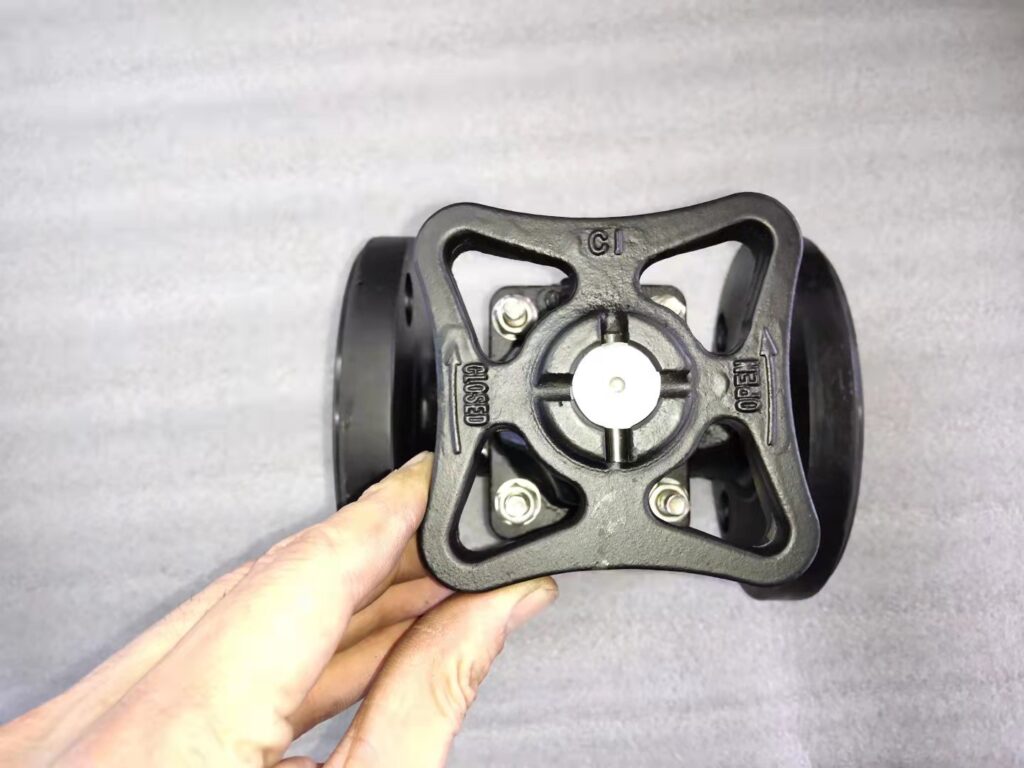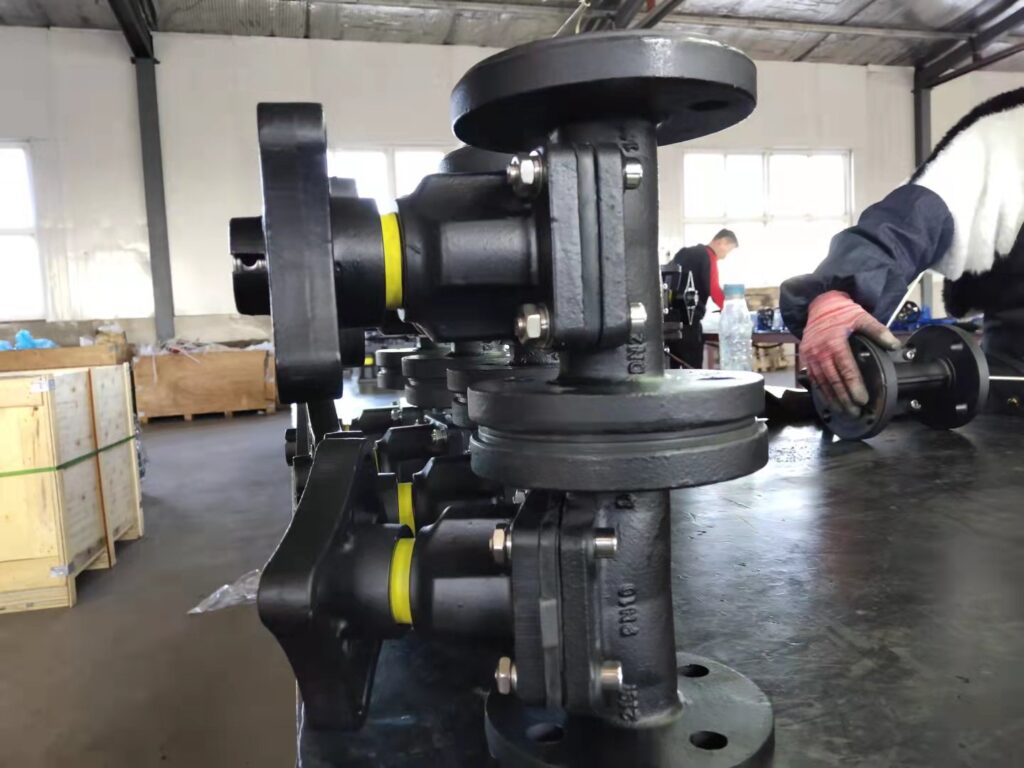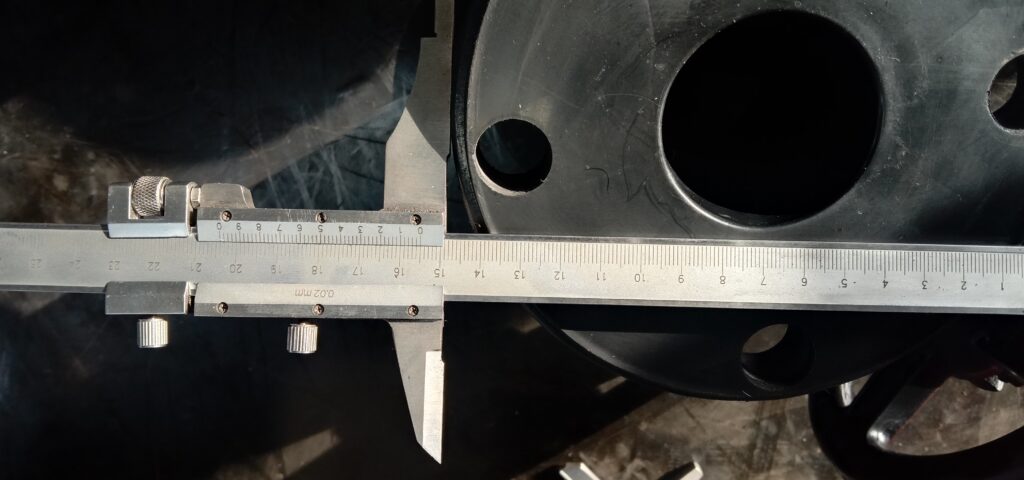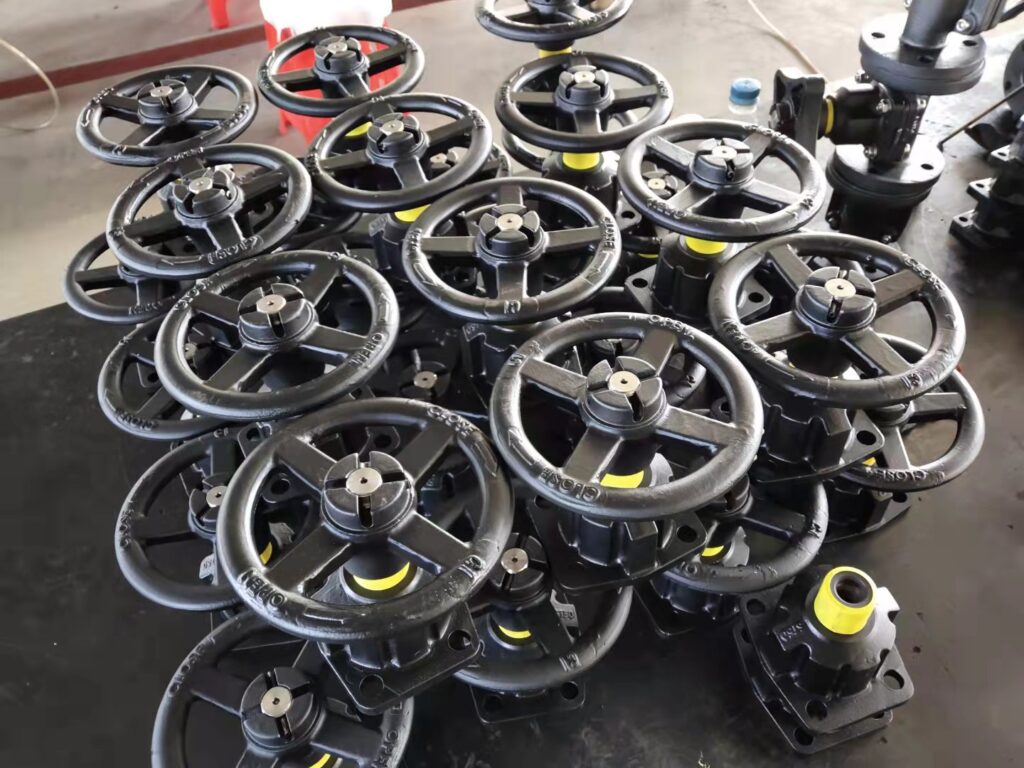
Diaphragm valve is a special form of shut-off valve. Compared with other valves, it has the following characteristics:
- The elastic sealing opening and closing parts ensure that there is no internal leakage;
- Streamlined flow channel makes pressure loss limited;
- There is no packing, so there is no leakage;
- The valve body and the bonnet are separated by the middle diaphragm, so that the valve bonnet, valve stem and other parts above the diaphragm are not corroded by the medium;
- The diaphragm can be replaced, and the maintenance cost is low;
- The variety of lining materials can be applied to various media and has good corrosion resistance.
Diaphragm valve installation and maintenance

- Before installation, carefully check whether the operating conditions of the pipeline are consistent with the scope of application specified by this valve, and clean the inner cavity to prevent dirt from jamming or damaging the sealing parts.
- Do not apply grease or oil on the surface of the rubber-lined diaphragm to prevent the rubber from swelling and affecting the service life of the valve.
- Do not tie clues to the handwheel or valve stem to lift the valve during installation.
4. When manually operating the valve, do not use auxiliary levers to prevent excessive torque from damaging the drive components or sealing parts.
5. Valves should be stored in a dry and ventilated room. Stacking is strictly prohibited. The passages at both ends of the inventory valve must be sealed, and the opening and closing parts should be in a slightly open state.
| Failure | Cause | Method |
| Handwheel operation is not flexible | 1. Stem buckling 2. Thread damage | 1. Replace the valve stem 2. Trim the threads and add lubricating oil |
| The valve cannot be opened and closed automatically when it is pneumatic. | 1. Air pressure is too low 2. The spring preload is too large 3. The rubber diaphragm is damaged. | 1,Increase air supply pressure 2. Reduce spring preload 3. Replace the diaphragm |
| Leakage at the junction of valve body and bonnet | 1. Loose connection bolts 2. The lining of the valve body is broken. | 1,Tighten the connecting bolt 2. Replace the valve body |




